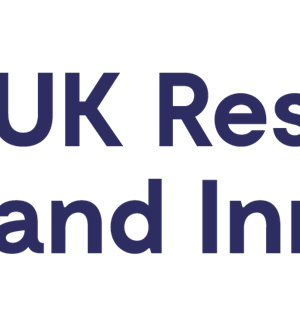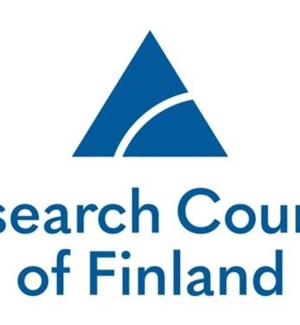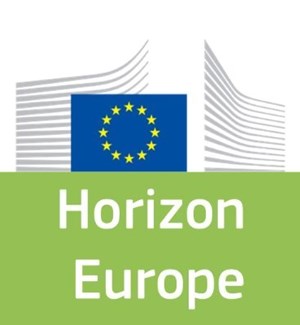The infiltration of stormwater to groundwater offers a range of advantages from stormwater (a low energy approach to manage runoff) and groundwater (maintain river and lake water levels) perspectives. However, the practice also poses risks (e.g. contamination). Whilst opportunities to reduce risks are available, the need for and level of risk reduction offered by e.g. soil type and nature-based solutions (NBS) vary in relation to site-specific characteristics. With NBS promoted as best practice for stormwater management, the need to develop better understanding of the impact of stormwater infiltration on groundwater is now urgent. Tackling this challenge is the core focus of the multi-disciplinary ISGM consortium. Consisting of researchers and stakeholders from drinking water supply, municipal and transport authorities, ISGM implements a co-developed risk characterisation and reduction plan within four case studies. Key outputs include new data on the behaviour of conventional and emerging pollutants (e.g. microplastics and PFAS) in groundwater under wet and dry conditions, including the impact of site conditions and NBS. Data will be used to field test available decision support tools and the preferred approach will be implemented within Norrvatten’s monitoring and risk management work stream. Hence, the focus of ISGM is to take a systems approach to address a complex water management issue, with key lessons for international audiences facing similar challenges.
Want to analyze based on this project via our analysis tool? Analyze this project
Knowledge Gaps
Environmental risk assessment (ERA)
Environmental exposure
Monitoring exposure methods




